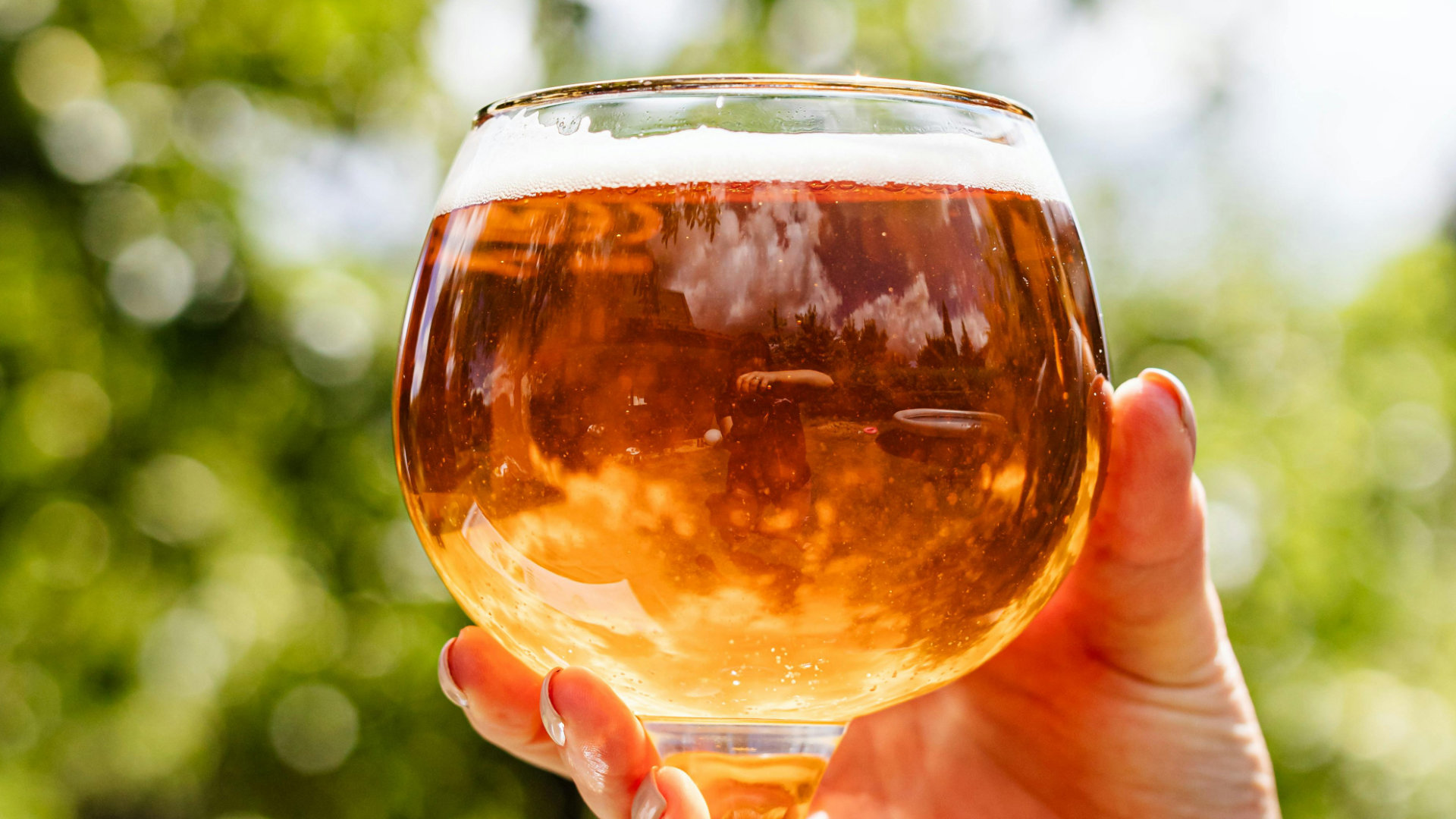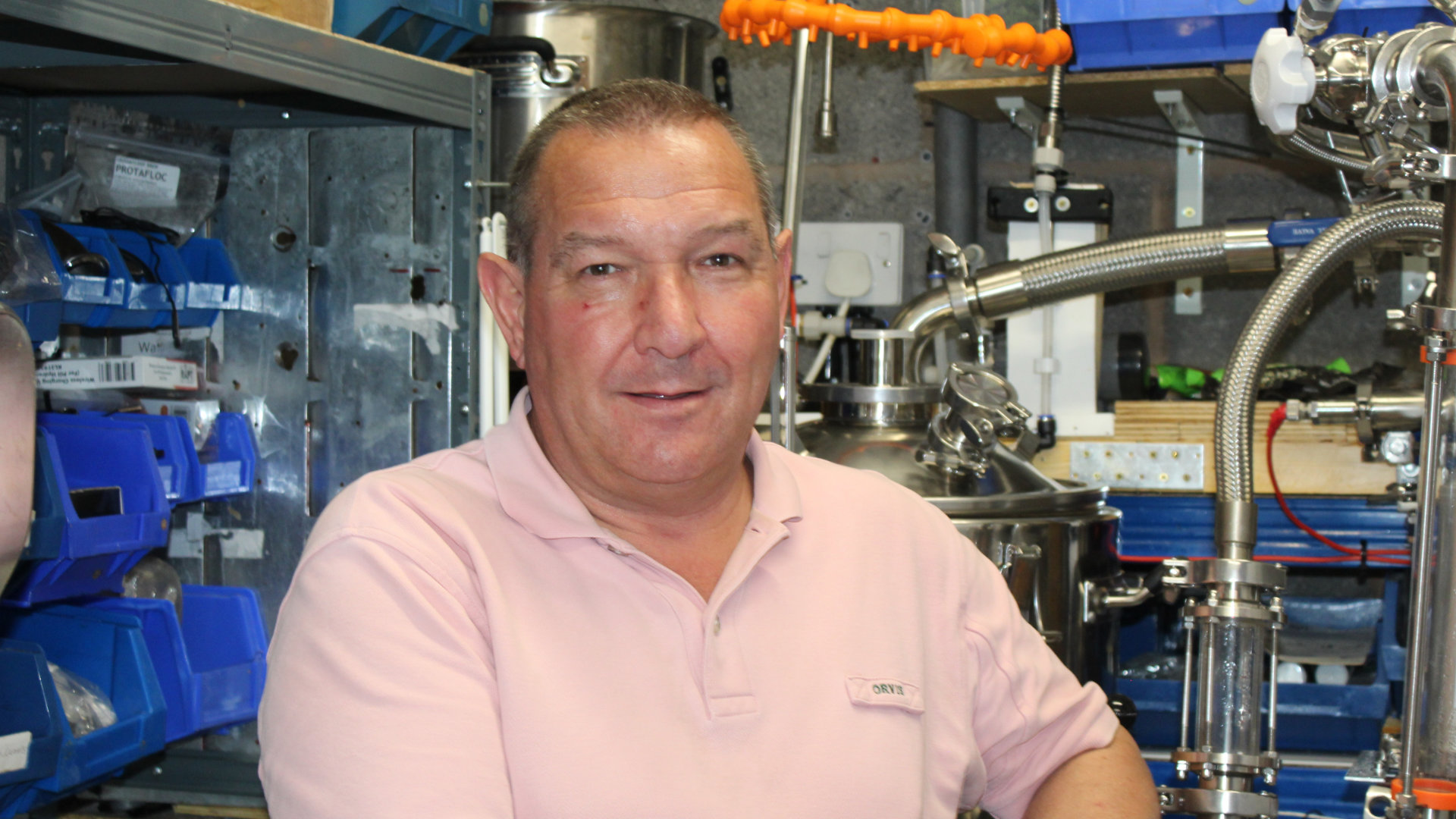Among these, pH levels play a pivotal yet often underestimated role in ensuring the quality, flavour, and stability of the final product. Let’s dive into the significance of pH in the brewing process and why it’s critical for every brewer to keep it in check.
What is pH?
pH measures the acidity or alkalinity of a solution on a scale from 0 to 14. Pure water has a neutral pH of 7, while anything below 7 is considered acidic, and anything above is alkaline. In brewing, specific pH levels are essential at various stages of the process to create an ideal environment for enzymatic activity, yeast health, and flavour development.
Why pH Matters
Appropriate pH levels play a critical role in defining a beer’s overall quality and experience. They enhance the balance of sweetness, bitterness, and acidity, ensuring the desired flavour profile is achieved. Lower pH levels contribute to stability and shelf life by inhibiting microbial growth, thereby preserving the beer’s freshness over time. The acidity also affects the mouthfeel, creating textures that range from the sharp crispness of lagers to the tangy complexity of sours. Additionally, pH levels influence foam retention, improving the stability of the beer’s head, which ultimately enhances the drinking experience.
pH Throughout the Brewing Process
1. Mashing Â
During mashing, crushed malt is mixed with hot water, and enzymes break down starches into fermentable sugars. The ideal pH range for mashing is between 5.2 and 5.6. A pH in this range enhances enzymatic activity, leading to a more efficient sugar extraction while avoiding off-flavours. If the pH is too high, it can result in a harsh or astringent taste. If too low, it may lead to poor conversion and a less effective mash.
2. BoilingÂ
In the boiling stage, where hops are added, the wort’s pH typically drops slightly due to the acidity of hops. The boiling pH can range from around 5.1 to 5.3. Maintaining this range ensures better hop utilisation, enhances the beer’s stability, and contributes to a cleaner flavour profile.
3. FermentationÂ
Yeast thrives in a slightly acidic environment. When yeast ferments the sugars into alcohol, it further lowers the wort’s pH, which can drop to about 4.2 to 4.6 for most beers. A low pH during fermentation not only ensures a healthy yeast fermentation process but also helps prevent contamination by harmful bacteria, which struggle to survive in acidic conditions.
4. Final Beer pH
The pH of the finished beer varies depending on its style. Lighter beers, such as lagers, tend to have a pH in the range of 4.0 to 4.2, offering a gentler acidity. In contrast, sour beers—enhanced by the presence of lactic acid bacteria—exhibit a more pronounced tang, with pH levels often dipping as low as 3.0 to 3.5. This distinction highlights the diverse flavour profiles achievable through controlled fermentation techniques.
The final pH not only contributes to the beer’s flavour but also its mouthfeel and overall stability.
Controlling pH in Brewing
The pH of the brewing process can be carefully managed through several techniques. Water chemistry plays a significant role, as the mineral content, particularly calcium, can impact pH levels. Brewers often adjust their water profiles by adding compounds like gypsum or calcium chloride to achieve the desired balance. Additionally, acids such as lactic acid or phosphoric acid can be used to lower the pH if it is too high. For a more natural approach, acidulated malt provides an effective way to adjust pH during mashing, contributing to a balanced and well-rounded brewing process.Â











